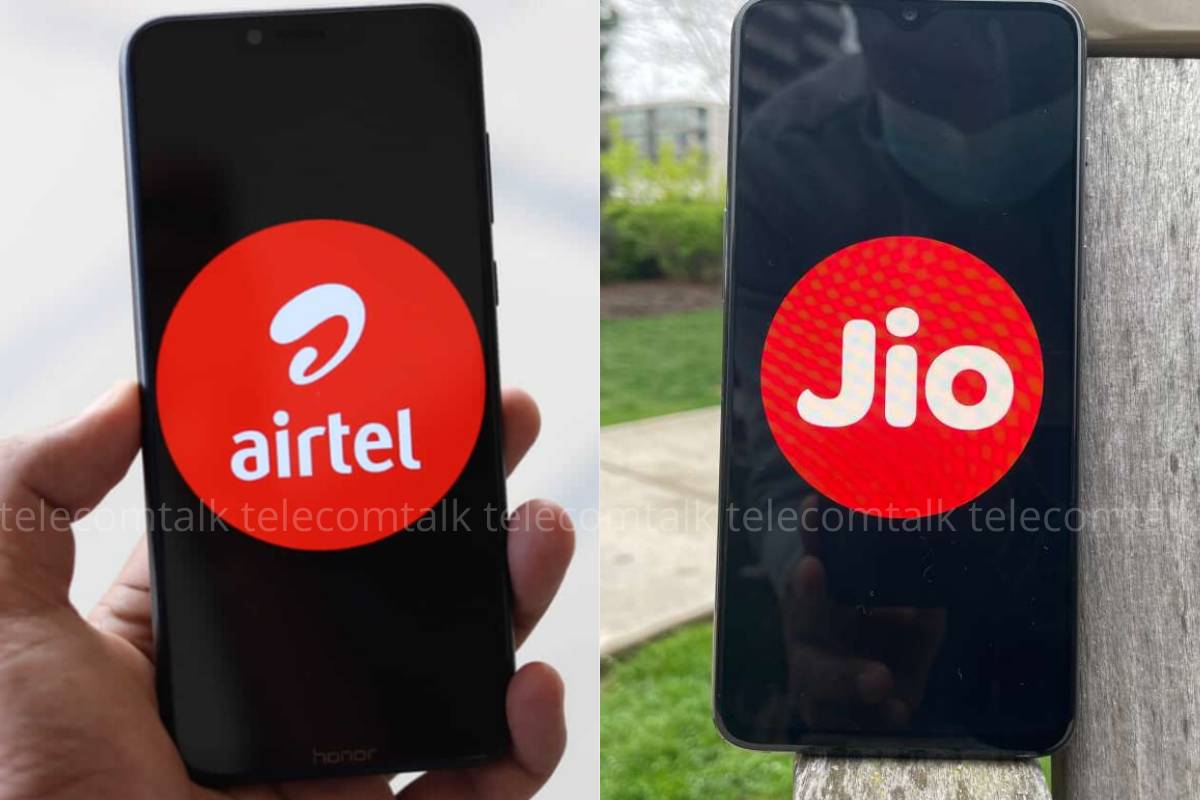It is not just the tariff hike that is going to make a difference for the top two telecom operators in India. Both Reliance Jio and Bharti Airtel would want to make use of the opportunity to attract 2G subscribers for converting to 4G since that would help the telcos with increasing their average revenue per user (ARPU). Currently, there are over 300 million 2G subscribers in India. If these subscribers convert into 4G users, that would significantly help the telcos with their ARPU and also overall revenues. It would also enable them to better capitalise on the 5G networks in the future.
Here’s How Jio and Airtel Plan to Convert 2G Subscribers to 4G Users
One of the biggest problems that can be identified for the 2G subscribers for converting into 4G users is the absence of an ultra-low-cost 4G smartphone. There are affordable 4G devices present in the market, but they are not good enough. Further, most people don’t even want a 4G feature phone like the JioPhone. That is why these 300 million-odd 2G subscribers still exist in India. Reliance Jio will solve this issue by launching the JioPhone Next in a matter of weeks now. It is expected to be a super affordable 4G smartphone that might be available in the market with subsidies. At the same time, Bharti Airtel has partnered with multiple smartphone brands and will be giving cashbacks worth up to Rs 6,000 to the users if they meet the terms and conditions of the offer. Both the telcos are trying very hard to convert 2G subscribers into 4G users. But this is not alone going to push the legacy network subscribers to 4G services. One reason why 2G subscribers might not be moving to 4G services could be because they simply don’t see any need for it for them. These subscribers could be old people who use a feature phone for just incoming calls mostly and have talktime recharges.
